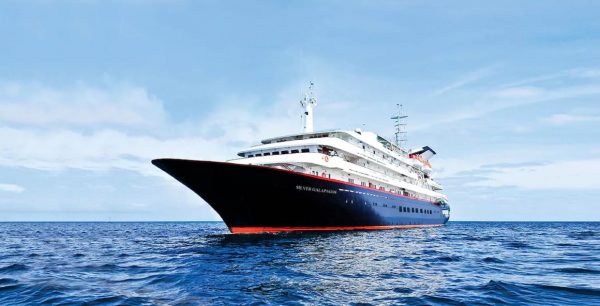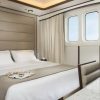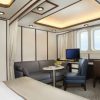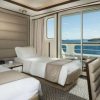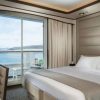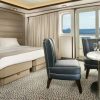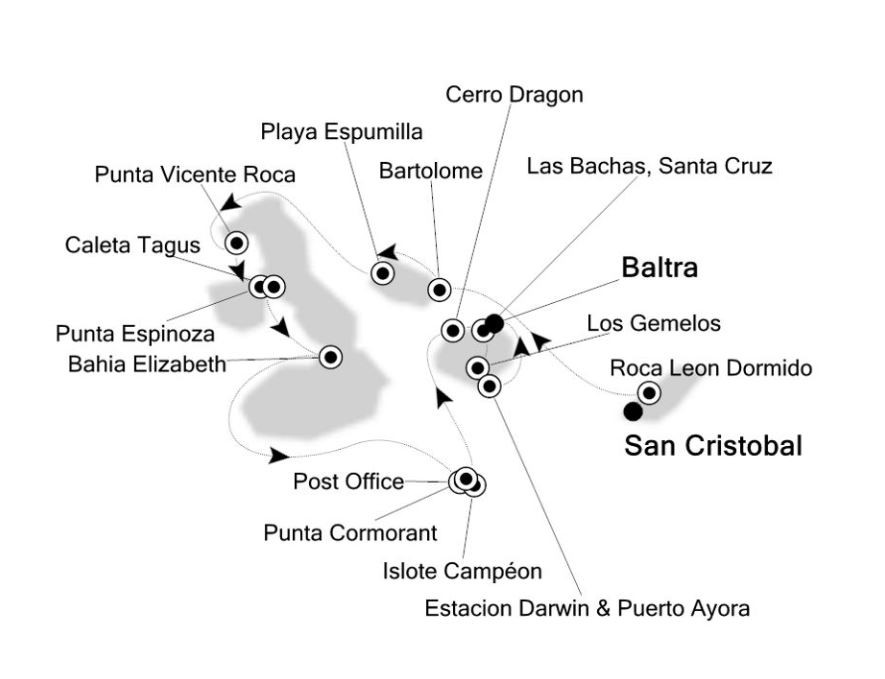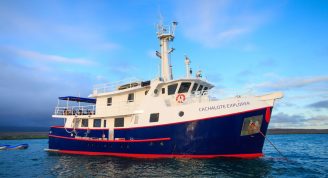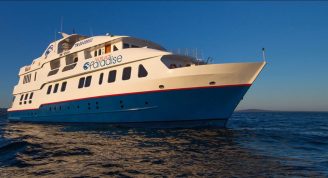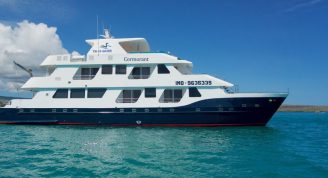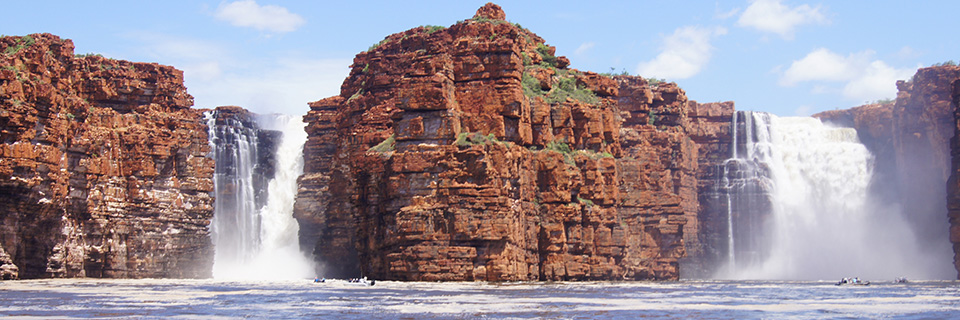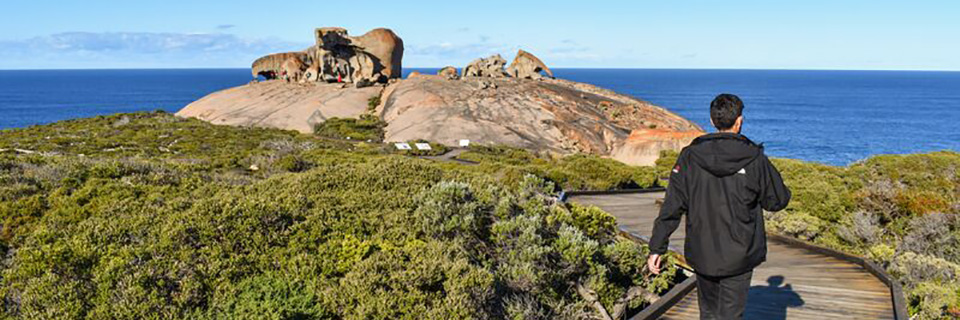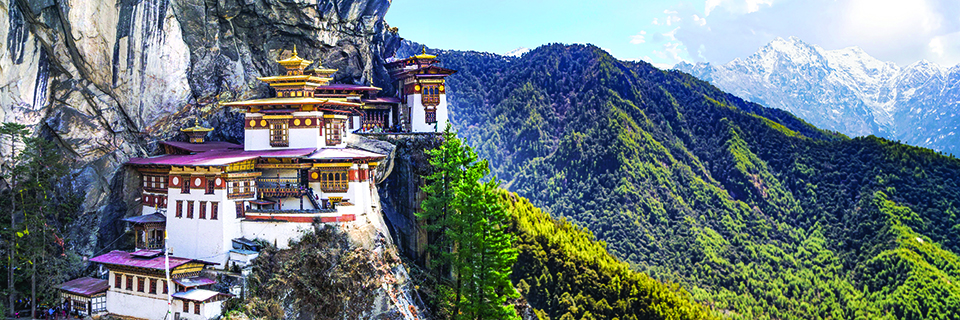Description
The Western Islands are home to the only active volcanoes in the archipelago and are known both for their spectacular volcanic landscapes as well as penguin spotting; over 95% of Galapágos Penguins live in these islands. It’s also the only area to see the endemic Flightless Cormorant. Other key sites include the Fausto Llerena Breeding Center, Post Office Bay with its human history and Champion Islet with some of the best snorkelling in the archipelago.
Please note: your voyage prices include flights between Ecuador and the Galápagos Islands, Transfers, pre cruise Hotel in Quito (2 nights), National Park fees
Trip Name
Western Galapagos (Silver Galapagos)
Days
8
Overview
Vessel Type: Luxury Small Ship
Length: 88 metres
Passenger Capacity: 75
Built / Refurbished: 2012 / 2017
The 100-guest Silver Galapagos. A Galápagos expedition cruise, enjoyed aboard Silver Galapagos, brings you to one of the most isolated places in the world to encounter an abundant variety of wildlife species that is incredibly unique and found nowhere else on earth. Lying just off the western coast of South America, the Galápagos archipelago is inaccessible to most, yet this isolation has allowed nature to develop in ways exclusive to the islands. Experience it all with complimentary exploration activities including Zodiac tours, snorkeling, kayaking and nature hikes led by our highly experienced guides certified by the National Park of the Galápagos.


